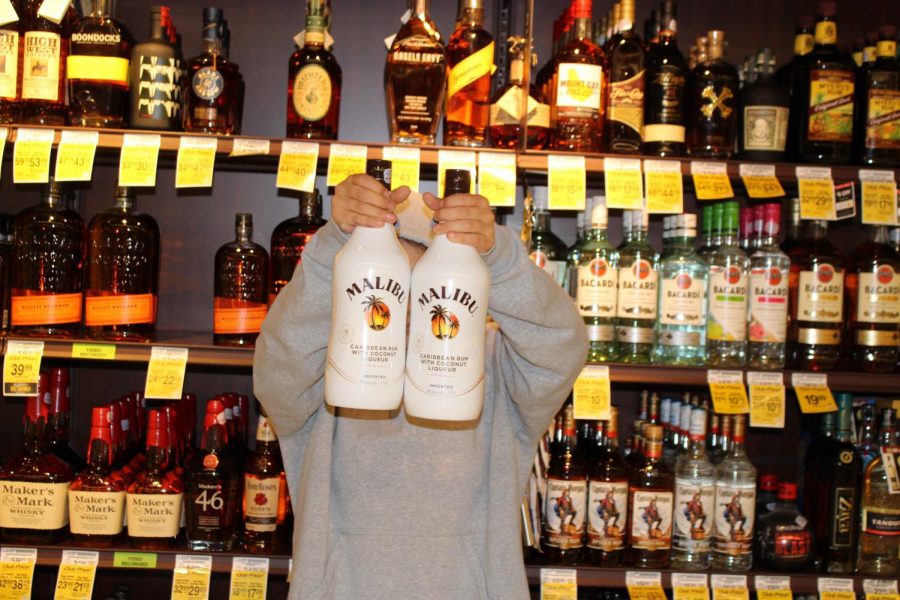Hot Pursuit? More like Not Pursuit! Safeway “no-chase” policy
March 25, 2019
The California Healthy Kids Survey revealed that 13 to 30 percent of San Mateo High School District students had consumed alcohol within the last 30 days. Teenagers employ a variety of methods to illegally obtain alcohol, ranging from the use of fake IDs to shoplifting.
“I’ve only shoplifted once, for when I went to a party,” an anonymous Burlingame student said. “It was hard since it’s out in the open and there are a lot of cameras. I used a bag and made it look like I was getting something while I brushed up next to the shelf and shuffled the bottle in. I basically almost knocked three other things down.”
Many corporations have begun to adopt “no-chase” policies, which entail the training of employees not to pursue shoplifters who exit the property. Safeway is one such corporation.
“Once the person that’s stealing, once they step foot out the door we’re not supposed to even go out,” Stephen Stergar, manager of Safeway, said. “We have to follow that, and if we don’t follow that, there could be a possibility of losing our job.”
According to Stergar, the two most commonly stolen items from Safeway are alcohol and medicine. The “no-chase” policy makes students fear the repercussions of shoplifting less.
However, shoplifting takes money from the company, and consequently affects employee wages. In fact, if Safeway does not fulfill a certain quota of items sold, hours are deducted from employee paychecks.
“I think Safeway employees care to the extent of their paycheck. Many of them aren’t getting paid enough to care and as someone who worked in customer service it makes sense,” the student said. “Sadly, Safeway employees are not treated great and they don’t care as much.”











































Bert • Aug 5, 2023 at 6:44 pm
I’m pretty sure that is totally illegal to deduct hours from employees. They’re more than likely doing it because nobody has challenged them on it. I would report them to the labor board if I work ed there.
Terry Funk • Jun 18, 2021 at 11:28 pm
Tale them on? Good luck, You will get stomped!
Ernie P • Nov 5, 2020 at 8:36 pm
I’ll stand outside and take them on. Just point them out!!
Zachary Gold • May 29, 2019 at 2:17 pm
Good to know!